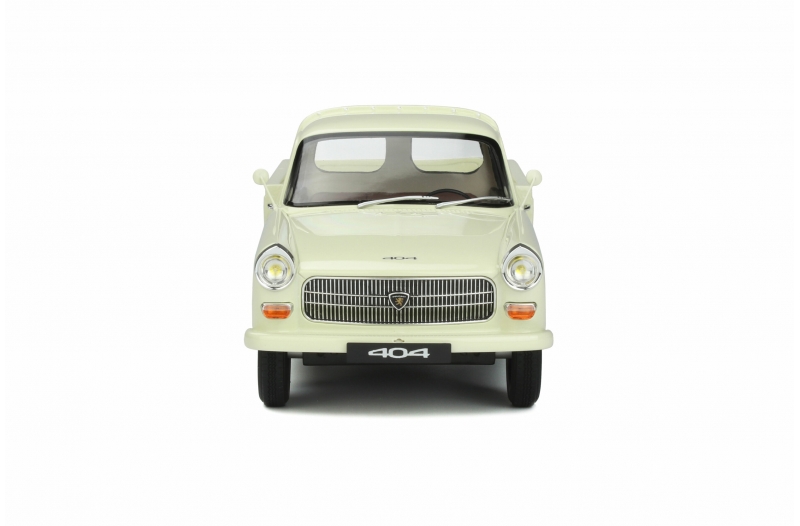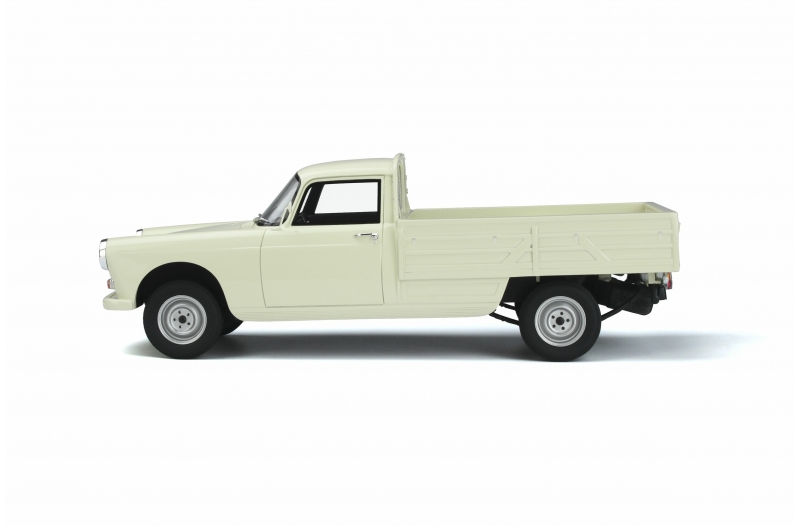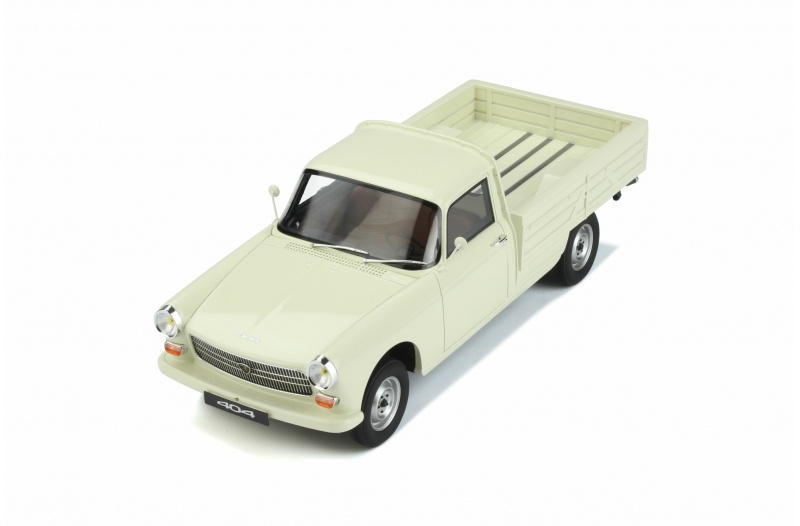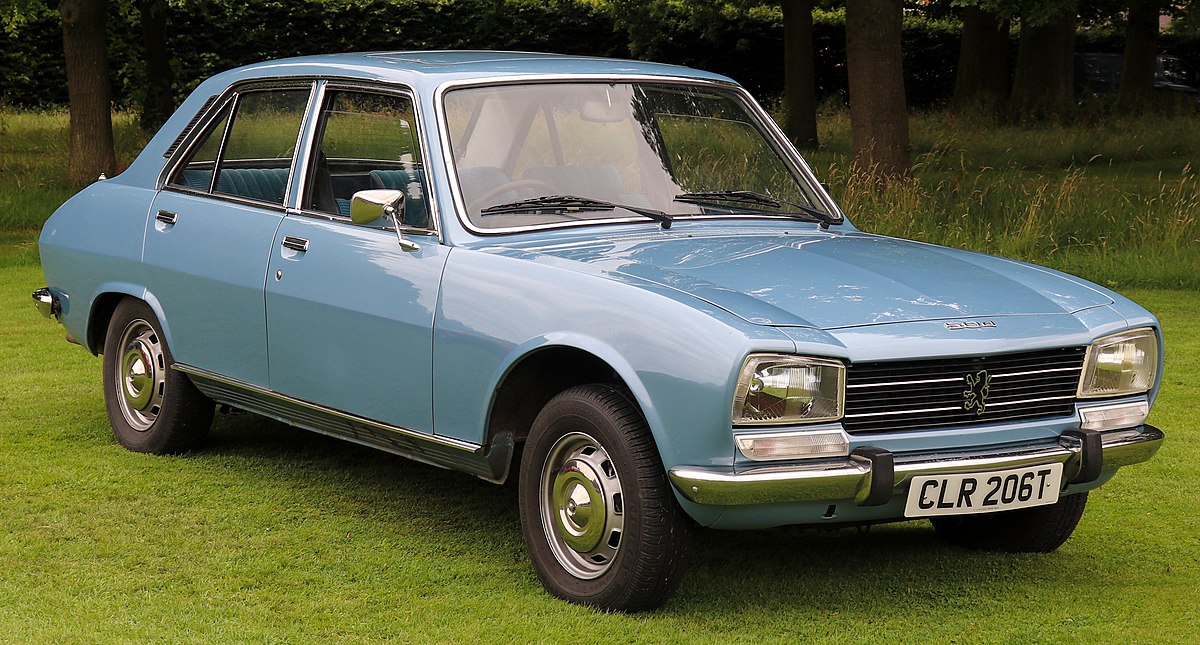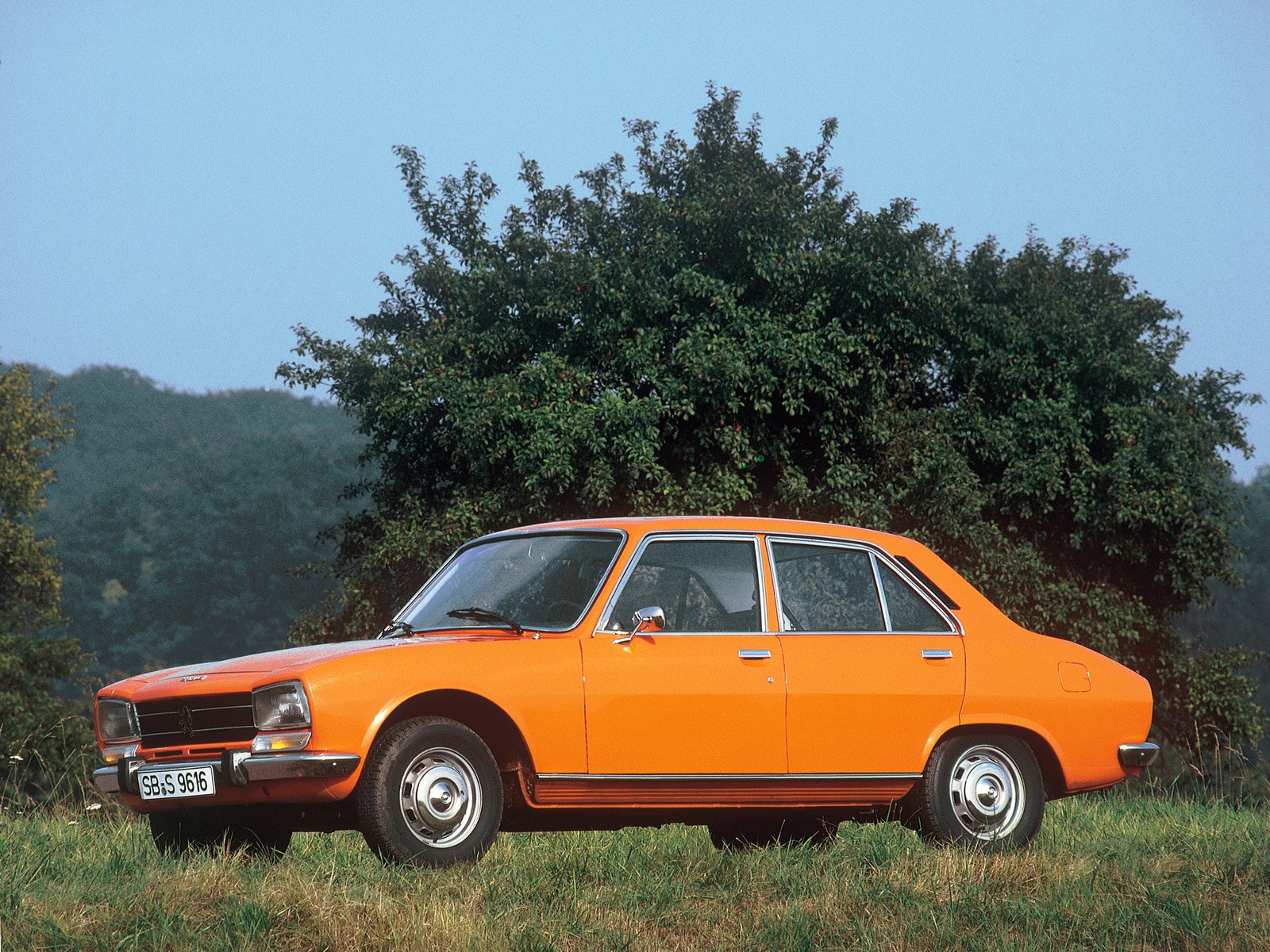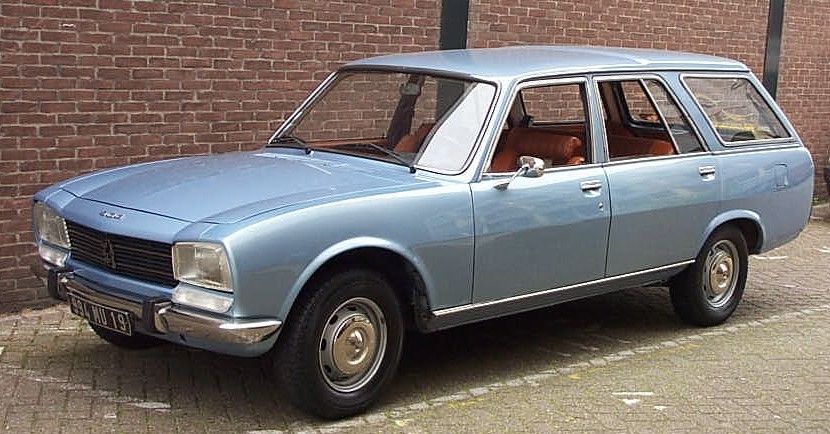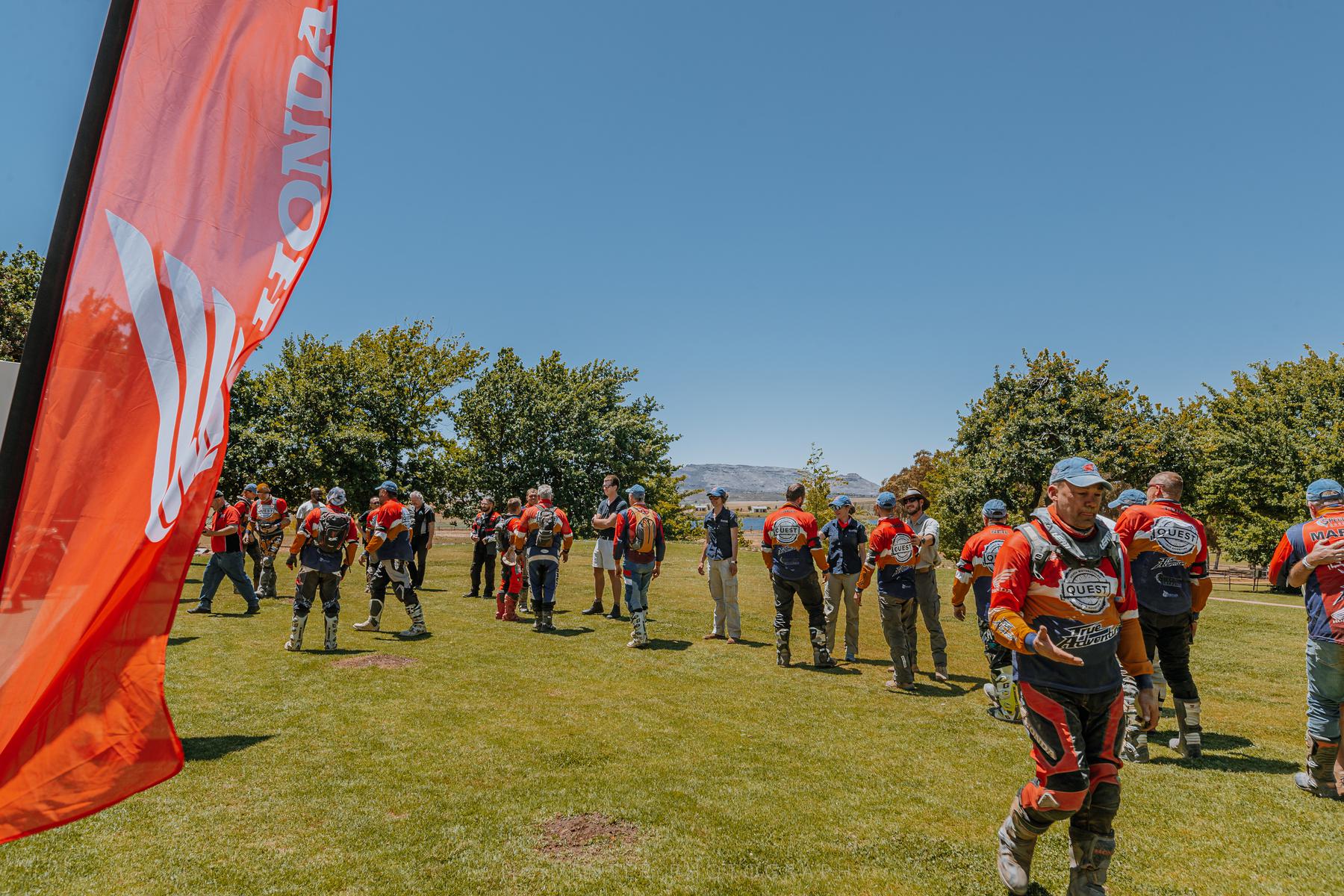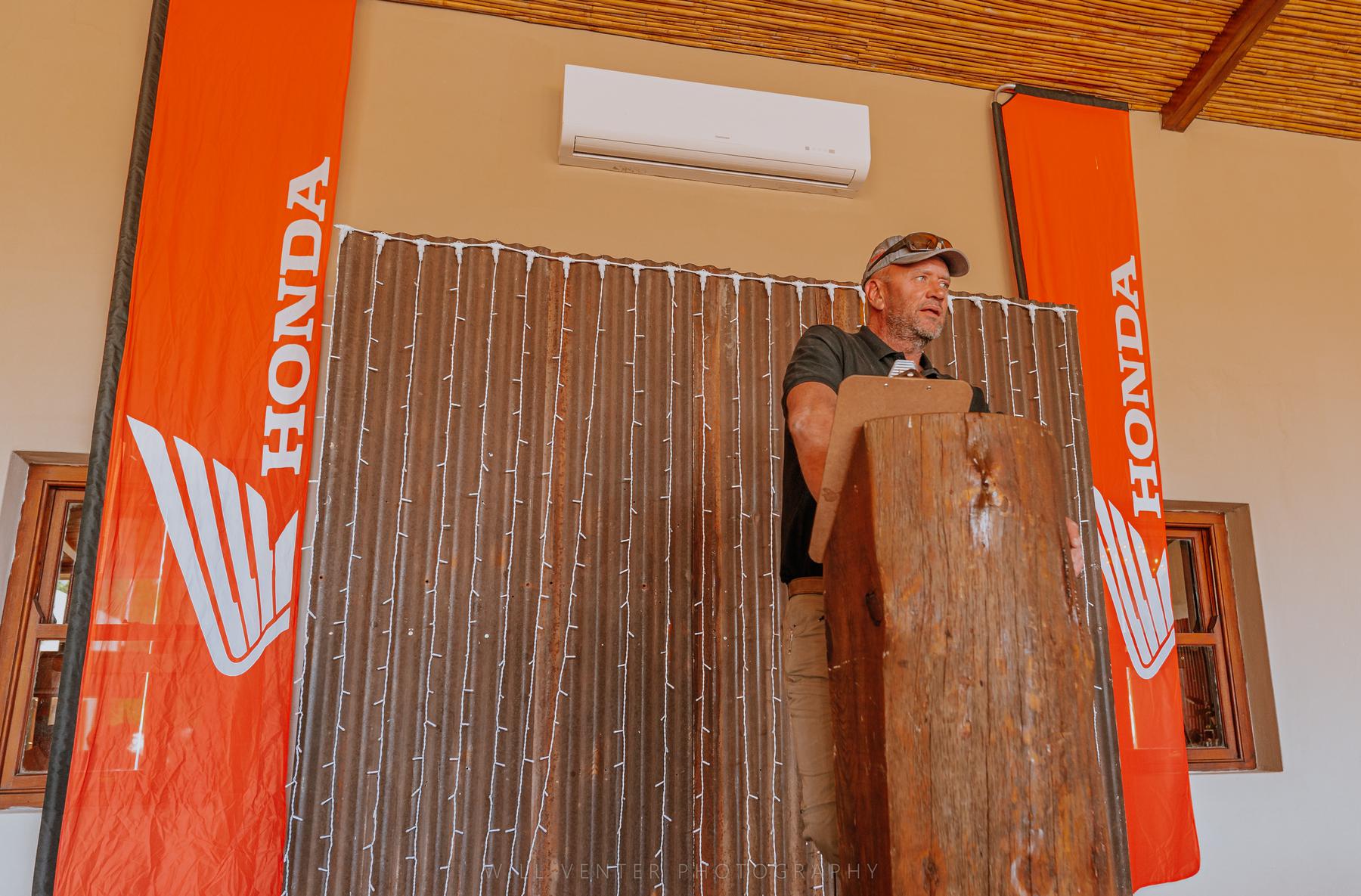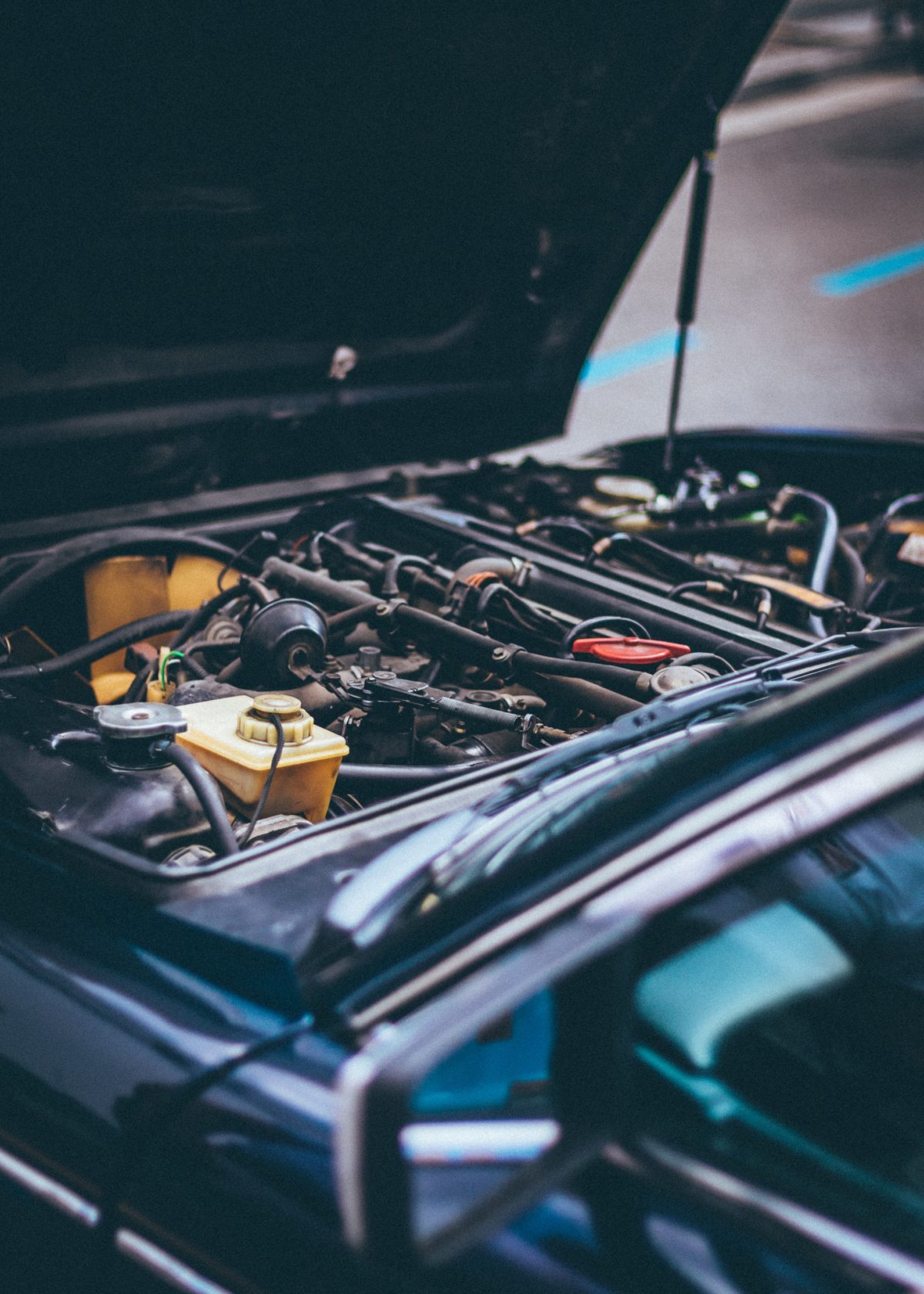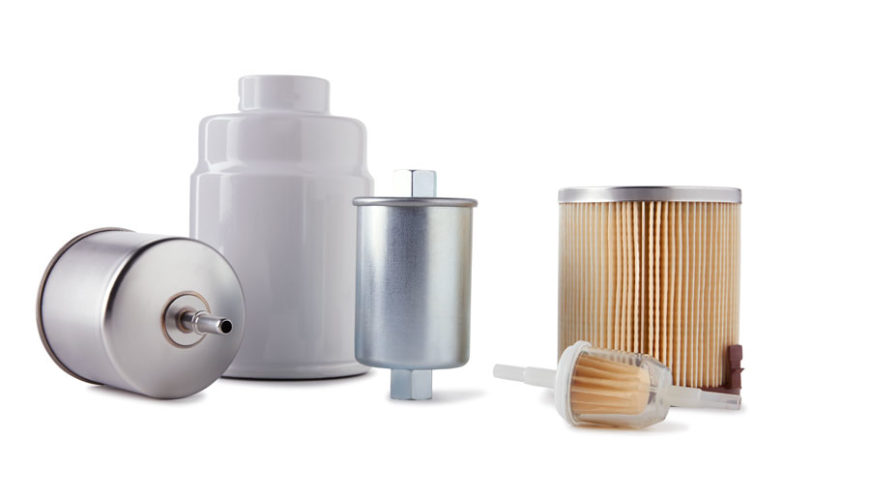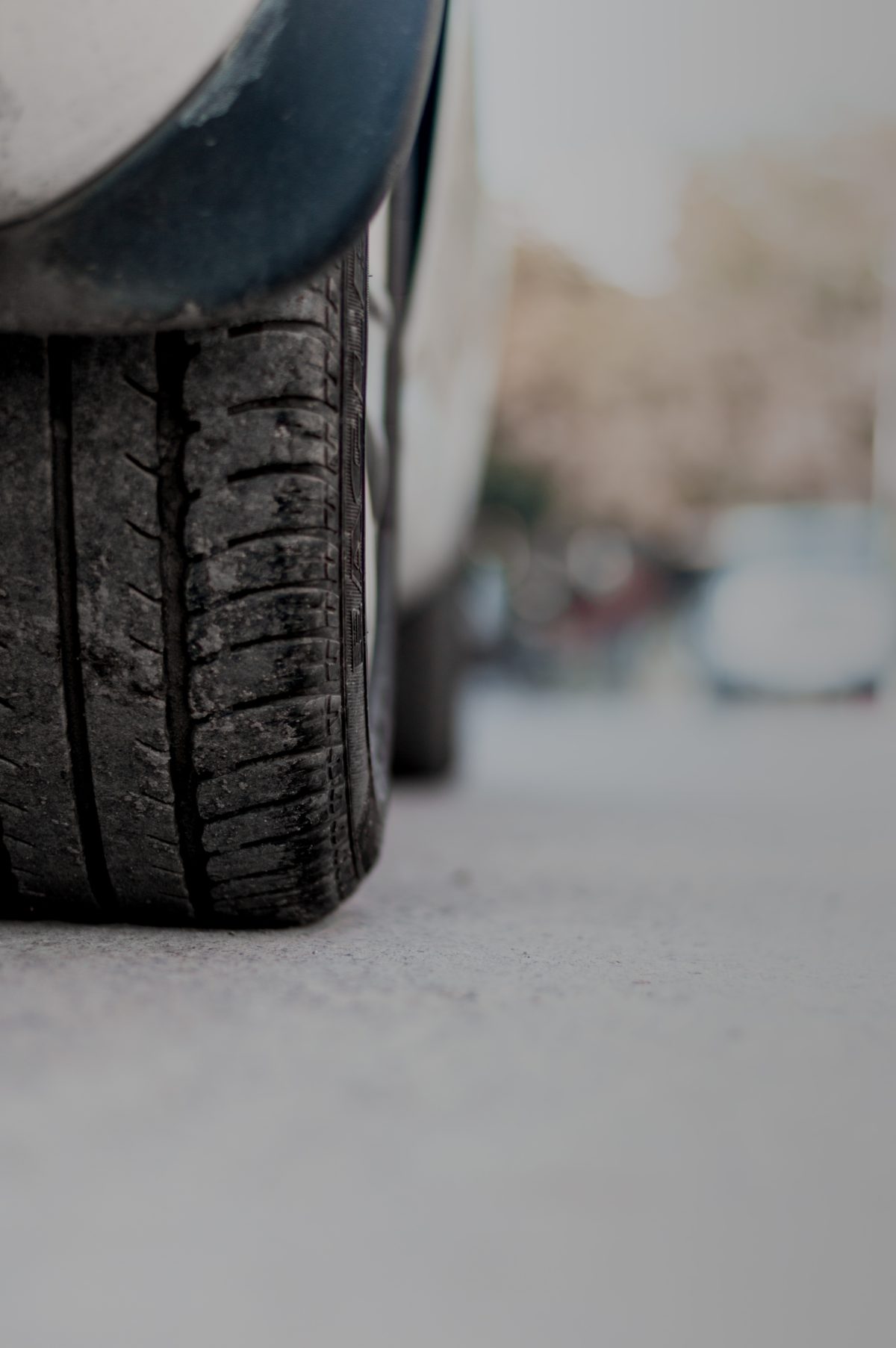Peugeot has a notable legacy in producing pick-up trucks
When it comes to building pick-up trucks, Peugeot is a veteran with decades of experience under its belt.
One of the oldest car brands in the world, Peugeot entered the pick-up market in 1938 with the introduction of the Peugeot 202 U Camionnette / Bâchée. A small number of these 202 pick-ups were imported to South Africa after World War II, most of them being redundant former French military stock. They were not even re-painted, but made their debut in matt army green colouring. Only one of these vintage 202s still exists in South Africa, where it forms part of a lucky owner’s private collection.
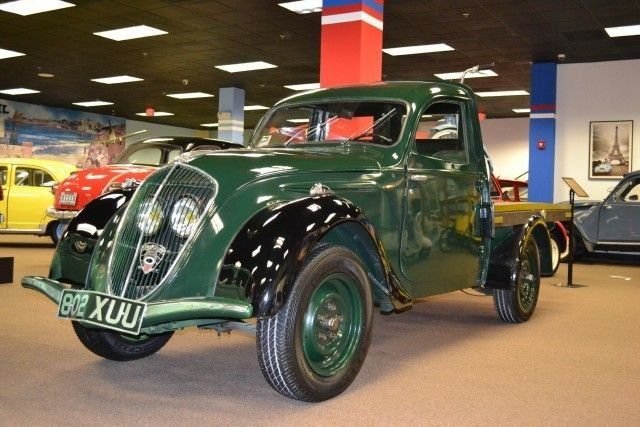
Image: Orlando Auto Museum
Following the imported 202, Peugeot released car models of the locally manufactured 203. National Motor Assemblers, part of the Stanley Motors Group, started assembling 203 cars at Natalspruit industrial site in Alberton, south of Johannesburg in 1950. Although there was a 203 pick-up manufactured in France until 1960, they were not for sale in South Africa.

Image Wikipedia
The 403 model followed in 1956 and was the next Peugeot pick-up to appear on the market. Only a handful of these models are reportedly left in the country today, in the collections of classic car enthusiasts. Comfort, economy and durability coupled with superb road holding, precise steering and excellent brakes were the hallmarks of these 403 pick-ups and they built up a tremendous reputation in South Africa, especially in the country districts.
Further north in Africa, Peugeot’s success story in Nigeria supposedly began with a hundred privately-imported Peugeot 403s back in the late 1950s, firmly establishing the brand and its suitability for the rigours of the continent.
When its successor, the 404 pick-up appeared, Peugeot pick-ups began making deep tracks in Africa. It was hugely popular in South Africa and throughout the rest of the continent where it became a faithful workhorse on farms, at small business and across various industries. It was not uncommon to see large industrial projects, like the building of the Sishen–Saldanha iron ore railway line and export harbour, to solely run on Peugeot 404 wheels.
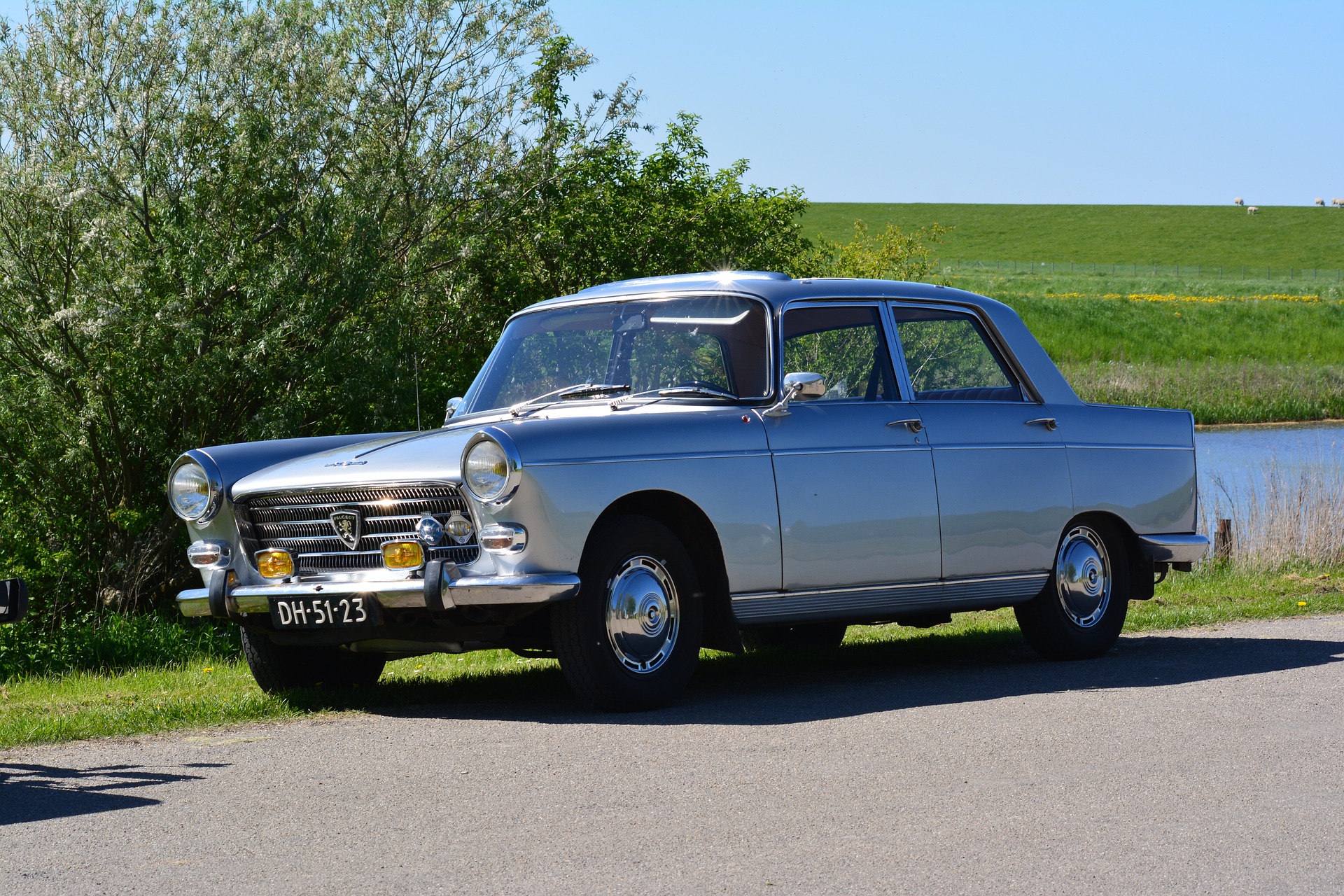
Image: Pixabay
In its heyday, the 404 pick-up was found from Cape Town to Cairo and everywhere in between, because of its ability to go anywhere in Africa. The 404 series was also locally assembled at Natalspruit industrial site in Alberton.
Although a total of 2,885,374 Peugeot 404 units were produced worldwide, “only” 794 760 of those were pick-ups / châssis cabine. While the 404 cars were manufactured until 1978 in South Africa, the 404 pick-ups stuck around for longer, being produced in Kenya until 1991. As the saying goes: “unstoppable, unless you forget to top it up!”
The legendary Peugeot 504 was also available in a pick-up model, but never came to the South African market. Described as the “King of the African road”, it was produced in Kenya until 2004 and Nigeria until 2006. So tough were these 504 pick-ups that they could be entered, with minimal mechanical adjustment, into the notorious African off-road rallies, winning the 1984 African Rally Championship and, at the same time, writing the Peugeot 504 pick-up into the rally rankings forever.
And you thought a Peugeot double cab will be a first in history for Peugeot. But long before it became fashionable, Peugeot built a four-door double cab 504 pick-up in China and Argentina.
With such an impressive pedigree of pick-ups in its ancestry, Peugeot’s next generation pick-up has big tyres to fill.
